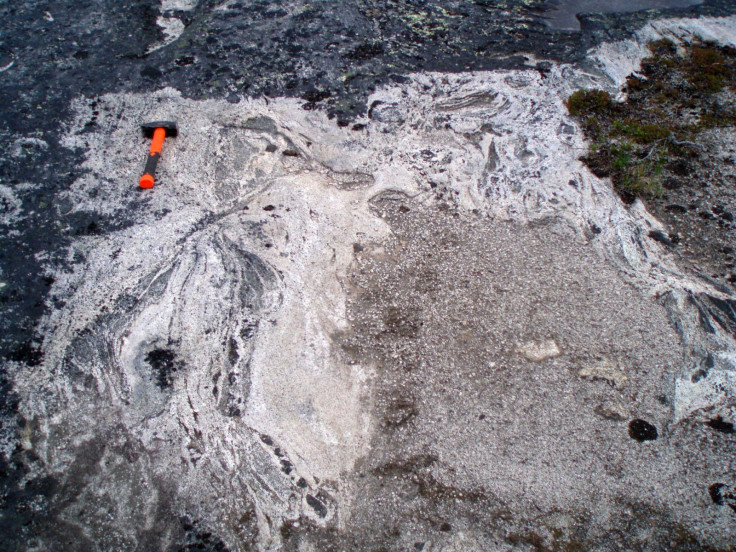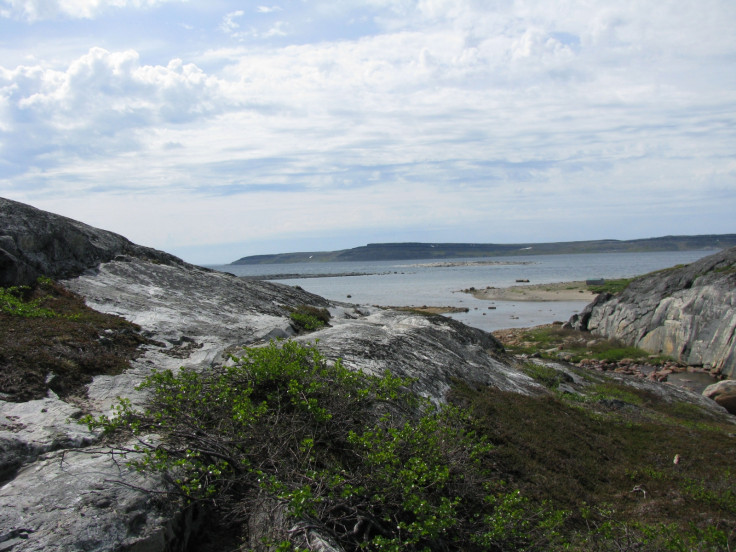Fragments of the Earth's primordial crust have survived until today
The first land on Earth was a bit like Iceland is now, analysis of the ancient crust reveals.
Traces of the Earth's original crust has been found within much younger rocks in Canada, a geological study has found.
The 4.2-billion-year-old rock had been amalgamated with 2.7bn-year-old rock in Superior Province, Canada, just to the north of the Great Lakes, reports a paper published in the journal Science. The older rock would have been part of the original crust that took shape just a few hundred million years after the Earth formed, which is thought to have happened about 4.5bn years ago.
How did it survive?
This rock appears to have escaped the recycling process of plate tectonics. This happens when dense oceanic crust forms where the tectonic plates that make up the Earth's crust pull away from each other, allowing magma from the mantle to rise up and form new rock. The plates move apart and where they meet other plates, one is forced underneath the other into the mantle where it melts again in a process called subduction.
This is how oceanic plates are constantly recycled, and as a result the oldest oceanic crust is only a couple of hundred million years old. But continental crust, which makes up the Earth's large land masses, goes through a different process. In some areas where continents collide – such as the Indian plate and the Eurasian plate to form the Himalayas – rock can reach extremely high temperatures and melt.
What was it like?
The Earth's original crust went through this process, when it melted and mixed with new rock about 2.7bn years ago. It was detected within this younger rock by its isotope signature of neodymium and samarium, allowing scientists to calculate the age of the different parts of the rock.

"The earth is pretty efficient at recycling its crust," study author Richard Carlson, director of the Carnegie Institution for Science in Washington, DC, told IBTimes UK.
"What we were able to do is find the remnants where it didn't do a very good job, to get a glimpse of the original crust."
The original crust was distinctly different from the crust that makes up today's landmasses. It had a high magnesium content and was closer to the basaltic rock that makes up oceanic plates than to modern landmasses, Carlson said.

"This isn't the typical silica-rich granites, but something more like an Icelandic terrain. So the older continental crust may have been more like Iceland than the continents we know today."
Beyond that it was something like Iceland, the nature of the Earth's first crust is still a mystery. The next steps in the research are to investigate other sites in Canada with slightly older rocks, to see to what extent it became mixed in with rocks elsewhere.

© Copyright IBTimes 2024. All rights reserved.






